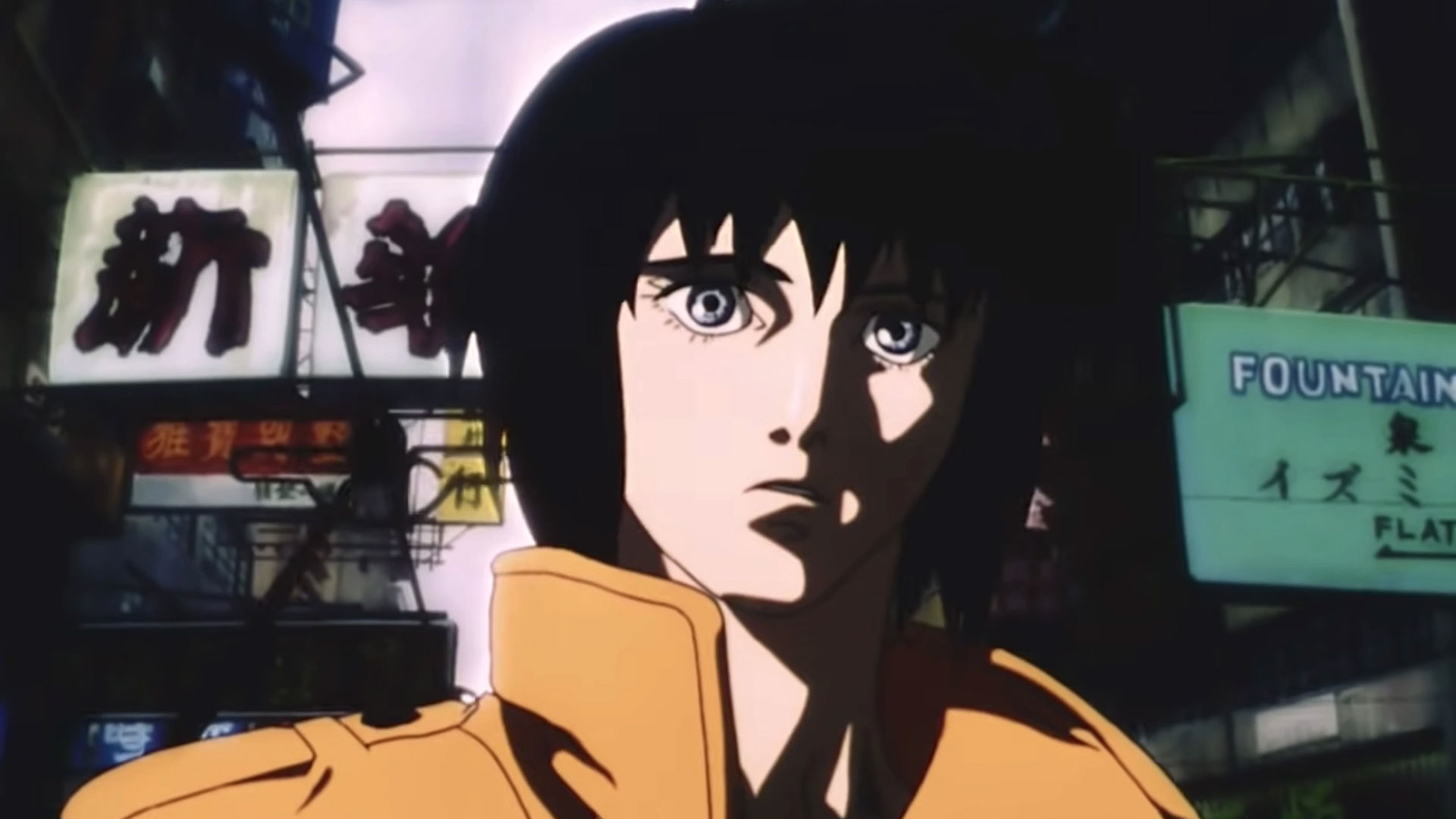The cyberpunk we deserve.
Summary:
- Ghost in the Shell captivates not with its dynamic plot, but with its special meditative mood.
- Stand Alone Complex is a procedural, but the story is told with attention to nuance.
- The structure of the world, as well as political problems, come to the fore in the series.
Mamoru Oshii's Ghost in a Shell (Koukaku Kidoutai) is rightfully considered an anime classic. For many viewers this film became an entry point into the world of animation. Not to mention the fact that it opened new horizons for the Western cinema.
However, not all viewers know that Oshii’s dilogy was continued in the form of a series. Ghost in the Shell: Stand Alone Complex (Koukaku Kidoutai: Stand Alone Complex) is that case when the sequel surpasses the original film in some aspects.
Why we love Ghost in a Shell

Ghost in the Shell (1995) told the story of a special task-force unit that fights a dangerous cyber-terrorist in the near future. Despite the fact that the story seems exciting, the movie captivates not with its dynamic plot, but with its special meditative mood. This is a largely contemplative film in the tradition of classical Japanese cinema.
Mamoru Oshii has a specific philosophical approach to storytelling, and Ghost in a Shell is no exception. Oshii deeply meditates on the fate of humanity. How will our behavior change in the near future? What values will be important? And what will the word “human” even mean in the world of high technology?
This formulation of problems is not typical for anime, which often strive to entertain the viewer with fantastic images.
What's special about the series
Stand Alone Complex is not the only sequel to the Ghost in a Shell franchise. Over the past 10 years, two series have appeared (one of them was released on Netflix) and a live-action remake with Scarlett Johansson.
However, aesthetically they are all quite far from the original. Stand Alone Complex is a procedural (there is one case per episode), but the story is told with attention to nuance.
The main character — Major Motoko Kusanagi — is given much more time. We learn her backstory, the creators reveal her psychology better and show her from unexpected sides. In the original movie, she remained largely a mystery to the audience, but in the series it is difficult not to empathize with her.
Although the series structurally duplicates the original film (the special unit is pursuing a cyber-villain), it is much more interesting to follow the stories of ordinary people the heroes meet along the way.
This is how the creators depict the contradictory world of the future. Much attention is paid to the problems of refugees in the Japan of the future, who find themselves in a suspended position due to complex political conflicts.
Let's not forget that Mamoru Oshii's Ghost in a Shell was a political thriller with a spy flavor, but many details of the world building were not obvious due to the lack of time and meditative storytelling.
In the series, the structure of the world, as well as political problems, come to the fore. The squabbles in the Japanese government become a full-fledged plot, which is no less interesting to follow than the main story.
At the same time, it is important to understand that the creators remain faithful to Oshii's cold and methodical directing with an abundance of stunning landscapes and complex mise-en-scene. This is a very beautiful series from which you can get a lot of aesthetic pleasure.

